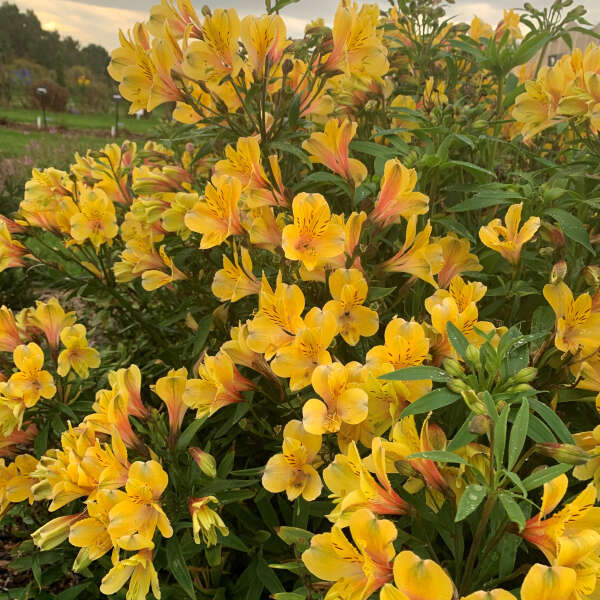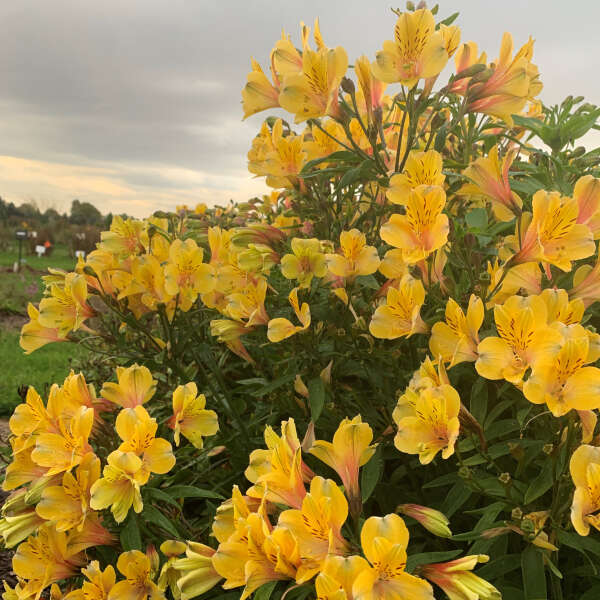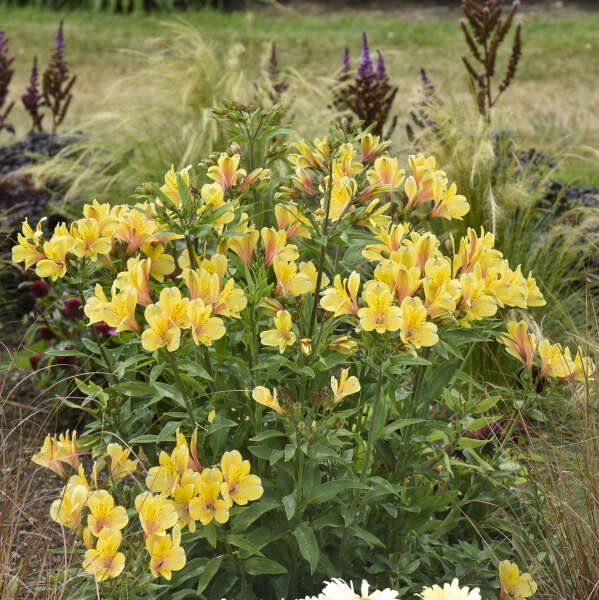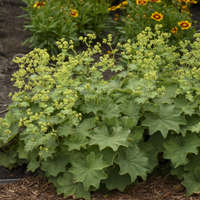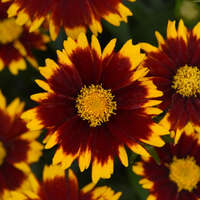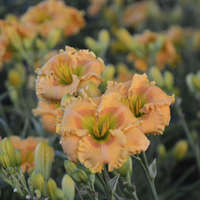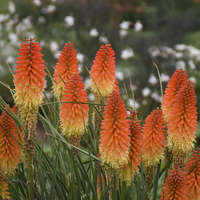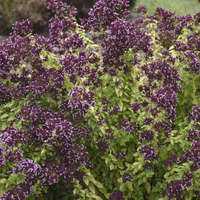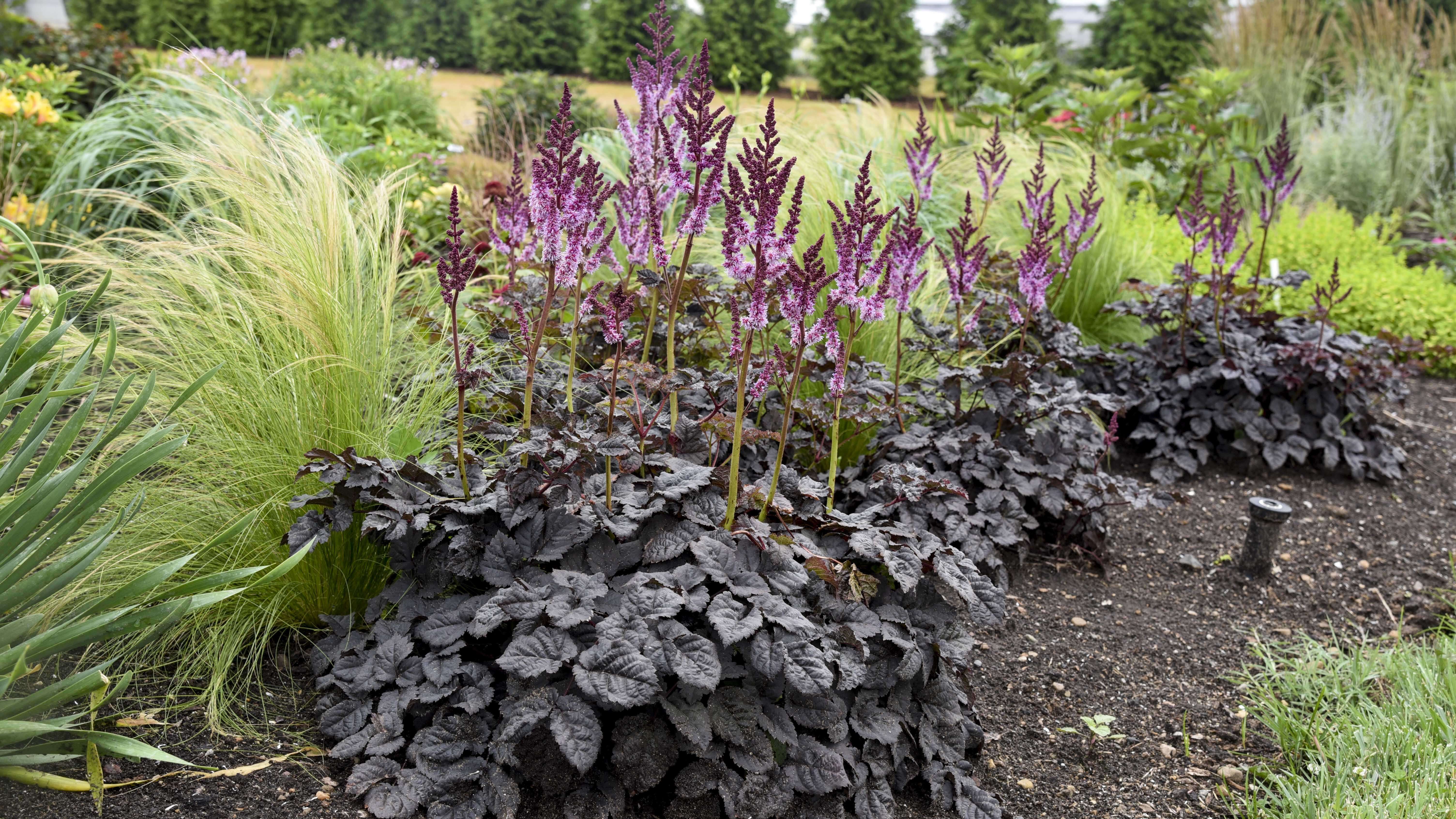Alstroemeria 'Golden Tiara' PP35427
Common Name: Peruvian Lily
A sport of A. Inca Ice™ ('Koice') with gold flowers compared to the original's blushing white. The golden yellow flowers have a complementing coral orange throat. The full habit begins producing flowers in midsummer and continues until frost. Similar to its parent, 'Golden Tiara' has shown to be exceptionally cold hardy for Peruvian Lilies, reliably overwintering in our Zone 6 Michigan winters. From Plant Delights Nursery.
30ct Plug Tray |
